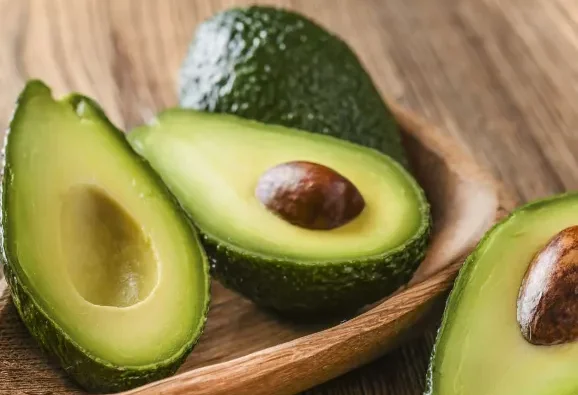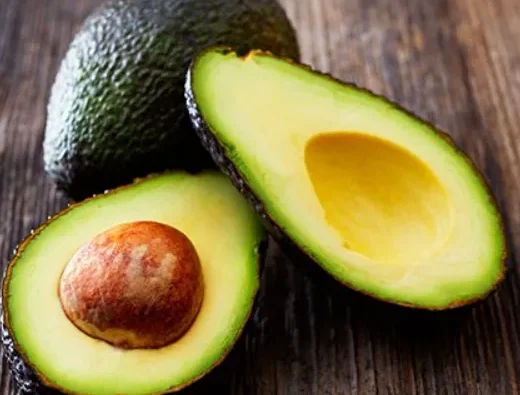
We are constantly exposed to toxins in our everyday lives, and while some are obvious—like smoke and chemical cleaners—others are hidden in the products we use regularly, from lotions to laundry detergent. These toxins can contribute to a variety of health problems, including fatigue, hormone imbalances, skin irritations, and digestive issues. Thankfully, there are simple steps you can take to reduce your toxic load and improve your overall health. In this blog, I’ll share ten easy ways to cut down on toxins in your life and make healthier choices.
What Is Toxic Load?
Toxic load refers to the accumulation of harmful substances that our bodies encounter daily, often in small amounts that add up over time. These toxins can come from our environment, food, and personal care products, affecting our health in ways we might not immediately recognize. While it’s nearly impossible to avoid all toxins, there are steps we can take to reduce their impact on our health and well-being.
1. Avoid Synthetic Fragrances
Many personal care products and household items contain synthetic fragrances, which can include a variety of harmful chemicals that are linked to reproductive issues, allergies, and even cancer. Common terms like “parfum,” “fragrance,” or “essential oil blend” can hide a mixture of toxic chemicals. Instead, opt for fragrance-free products or use pure essential oils from reputable brands to ensure you’re getting the safest, most natural option.
2. Reduce Plastic Use
Plastics are found in many everyday items, from food containers to water bottles. These materials have been linked to various health problems, including hormone imbalances, cancer, and obesity. To reduce your exposure, switch to stainless steel or glass containers for food storage and avoid plastic bottles—especially when they’ve been left in hot environments. You can also look for personal care products that use glass or other safer materials.
3. Improve Indoor Air Quality
Indoor air can often be more polluted than outdoor air due to dust, cleaning chemicals, and the use of scented products like candles and air fresheners. To improve your indoor air quality, regularly clean and dust your home, open windows to let in fresh air, and use houseplants to naturally filter the air. Diffusing essential oils like lemon or eucalyptus can also help reduce bacteria and odors while promoting a cleaner atmosphere.
4. Eat Organic When Possible
Conventional foods, especially produce, are often sprayed with pesticides and grown with harmful chemicals that can negatively affect your health. To minimize your exposure to these toxins, prioritize buying organic foods, especially those on the “Dirty Dozen” list, which are the most pesticide-laden. Opt for hormone- and antibiotic-free meat and try to reduce your consumption of animal products when possible. You can even start with simple changes, like making “Meatless Mondays” a regular part of your week.
5. Leave Shoes at the Door
When you wear shoes inside, you bring in dirt, dust, and pesticides that can contaminate your living space. To prevent this, make a habit of leaving your shoes at the door. This simple practice will keep your home cleaner and reduce the spread of toxins, especially if you have children crawling on the floor or playing on carpets.
6. Switch to Non-Toxic Beauty Products
Many conventional beauty products contain harmful chemicals like parabens, phthalates, and artificial fragrances. These chemicals can disrupt hormones and lead to skin irritation, among other health issues. Consider switching to clean beauty brands that focus on non-toxic ingredients, such as BeautyCounter or doTERRA. If you’re not ready for a full overhaul, start by replacing products you use daily, like moisturizers and lip balms, with safer options.
7. Opt for Clean Personal Care Items
Just like beauty products, personal care items such as deodorants, shampoos, and body washes can contain harmful ingredients. Look for personal care products that are free of toxic chemicals and are labeled as “clean” or “organic.” The Environmental Working Group’s Healthy Living app is a great tool to check the safety of products before buying them.
8. Use Natural Cleaning Products
Traditional cleaning products often contain chemicals that can irritate your skin, eyes, and respiratory system. Instead, make the switch to natural, non-toxic cleaning products or even DIY cleaners using simple ingredients like vinegar, baking soda, and essential oils. Many companies are now offering green cleaning options, but be cautious of greenwashing—always research the ingredients before purchasing.
9. Choose Scent-Free Laundry Products
Laundry detergents, fabric softeners, and dryer sheets are often packed with synthetic fragrances and chemicals that can irritate your skin and contribute to allergies. Choose fragrance-free or naturally scented laundry products to reduce the toxins you’re exposed to through your clothing and bedding. Wool dryer balls can replace dryer sheets and add a natural scent when combined with a few drops of essential oil.
10. Switch to Clean Coffee
If you’re a coffee lover, you might be unknowingly consuming mold, heavy metals, and other contaminants. Many coffee brands don’t test for these toxins, but some organic brands, like Cardiology Coffee, specifically test for mold and heavy metals. Switching to high-quality, organic coffee will help reduce your exposure to these harmful substances.
Final Thoughts
While it may feel overwhelming at first to make all these changes, remember that reducing your toxic load is a gradual process. Start with one or two changes and build from there. By making healthier choices and switching to non-toxic alternatives, you’ll be supporting your body’s natural ability to detoxify, leading to improved health and overall well-being. With time, these small adjustments will add up, helping you create a safer, healthier living environment for you and your family.












